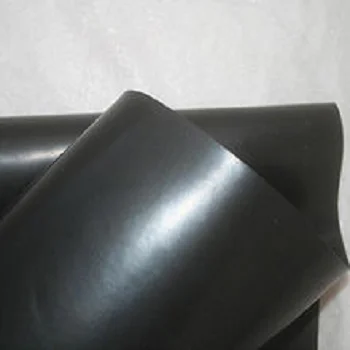When it comes to constructing concrete slabs, the importance of proper insulation and support cannot be overstated. One critical component that often gets overlooked is the thickness of the foam used beneath the concrete. This article delves into the intricacies of foam thickness under concrete, exploring its impact on structural integrity, insulation properties, and overall performance.
Understanding the Role of Foam Under Concrete
Foam insulation serves multiple purposes when placed under concrete slabs. Primarily, it acts as a thermal barrier, preventing heat loss and enhancing energy efficiency. Additionally, foam provides cushioning, which helps to distribute loads evenly across the slab, reducing the risk of cracking and structural failure. The thickness of the foam is a crucial factor that influences these functions.
Factors Influencing Foam Thickness
- Climate Considerations: The local climate plays a significant role in determining the appropriate foam thickness. In colder regions, thicker foam is essential to minimize heat loss and prevent frost heave. Conversely, in milder climates, a thinner layer may suffice.
- Load Requirements: The intended use of the concrete slab also dictates foam thickness. Heavily loaded areas, such as industrial floors or driveways, may require thicker foam to ensure adequate support and prevent deformation over time.
- Soil Conditions: The type of soil beneath the slab can affect the choice of foam thickness. Poorly compacted or unstable soils may necessitate a thicker foam layer to provide additional support and mitigate settlement issues.
- Building Codes and Standards: Local building codes often provide guidelines on the minimum foam thickness required for specific applications. It is essential to consult these regulations to ensure compliance and avoid potential issues during inspections.
Recommended Foam Thickness
While there is no one-size-fits-all answer to the question of how thick foam should be under concrete, industry standards and expert recommendations can provide valuable guidance. Generally, foam thickness can range from 1 inch to 4 inches, depending on the factors mentioned above.
- Residential Applications: For standard residential applications, a foam thickness of 1 to 2 inches is typically sufficient. This thickness provides adequate insulation while supporting the weight of the concrete slab.
- Commercial and Industrial Applications: In commercial settings or areas with heavy machinery, a thickness of 2 to 4 inches may be necessary. This ensures that the foam can adequately support the increased load and provide effective insulation.
- Specialized Applications: In cases where extreme temperature fluctuations or unique load requirements exist, consulting with a structural engineer or insulation specialist is advisable. They can provide tailored recommendations based on specific project needs.
Installation Considerations
Proper installation of foam insulation is crucial for maximizing its benefits. Here are some key considerations:
- Seamless Installation: Ensure that the foam is installed seamlessly to prevent thermal bridging, which can compromise insulation effectiveness.
- Moisture Management: Consider using moisture-resistant foam to prevent water infiltration, which can lead to mold growth and structural damage.
- Compaction: Ensure that the soil beneath the foam is adequately compacted to provide a stable base. This will help prevent settling and maintain the integrity of the concrete slab.
Conclusion
Determining the appropriate foam thickness under concrete is a multifaceted decision that requires careful consideration of various factors, including climate, load requirements, soil conditions, and building codes. By understanding these elements and adhering to recommended guidelines, builders can optimize the performance and longevity of concrete slabs, ensuring they stand the test of time.



